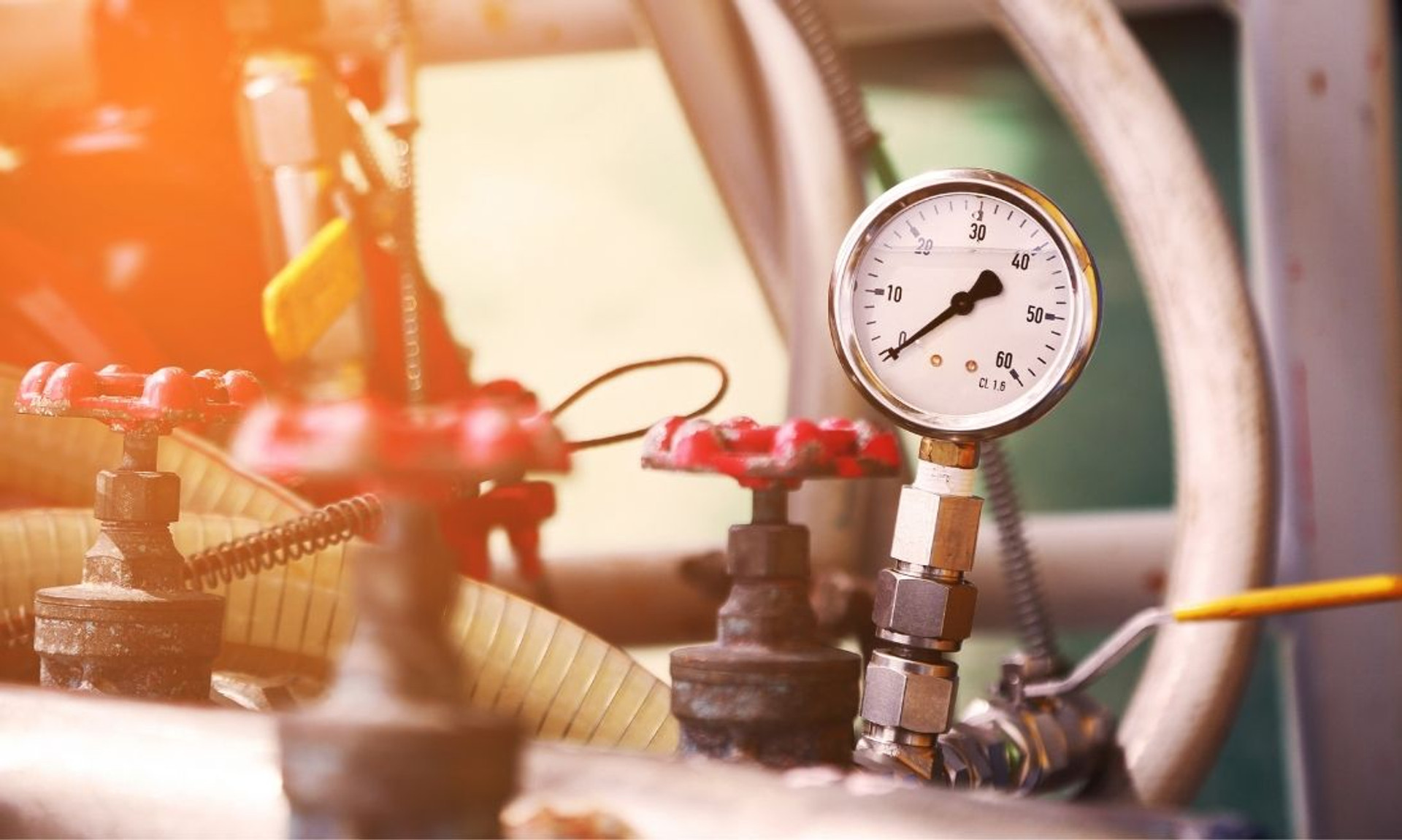The Different Types of Industrial Specialty Gases
While most gases that companies sell to their customers are fairly straightforward, there are some unique ones that don’t exactly qualify as one type or the other. We refer to these as specialty gases, and they fall into one of a few categories. That’s why we’ve taken the time to go over the different types of industrial specialty gases. We don’t want there to be any unnecessary confusion on the topic.
Gas Mixtures
The most common type of specialty gas is a simple one. When two gases get mixed together in one canister, the mixture is then labeled as a specialty gas. The types of gases that companies combine will vary depending on which industry they are used in, but as long as the mixture is correct, they will perform their function appropriately.
Of all the specialty gases available through our site, this is the category we are most well known for. We can calibrate the gas in our canisters to fit whatever needs you have for your business, and we will do so in a safe manner that won’t negatively affect your company’s output.
High Purity Gases
Next up are the gases that have high levels of purity within them. Most standard gases that companies sell will have small amounts of other gases locked inside their canisters. This is due to the fact that gas is a difficult substance to control. The smallest gap or leak can lead to outside particles getting in.
Despite that, there are ways to ensure higher levels of purity, even getting up to 99.9 percent pure. Even though having a canister that’s only filled with the necessary gases isn’t quite possible, these ultra-high purity gases are critical to specific industries, and companies in those sectors will pay extra to get as close to that level as possible.
Food-Grade Gases
The final type of industrial specialty gases is the ones that get used in the food industry. Fresh food gets bad quickly, and if it has to travel long distances and sit on the shelf for a while before someone buys it, it could very well go bad before getting used.
That’s where food-grade gases come into play. Companies use these gases with food to keep them in a temporary atmosphere that will prevent them from deteriorating as quickly as they would in normal air conditions. They can also use these gases to keep sodas and beers from going flat before being opened for the first time.

